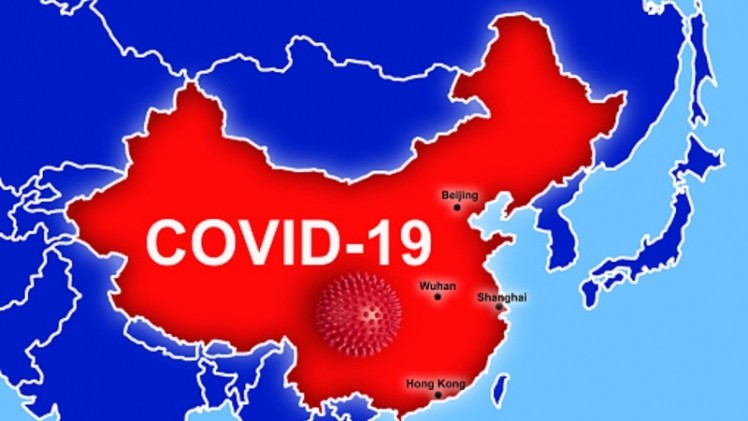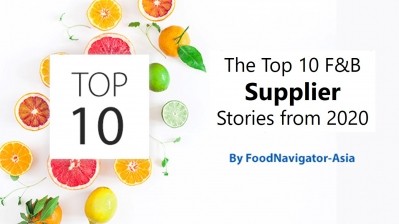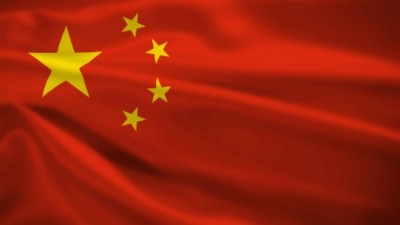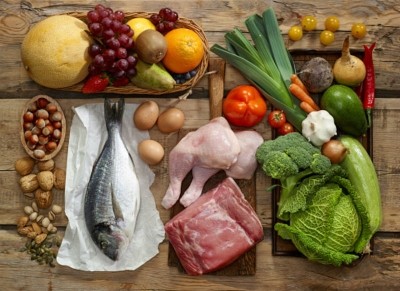COVID-19 food inspections: China looks to virtual food import ‘spot checks’ and tightened cold chain guidelines

According to Chinese government data, November 17 2020 marks the anniversary date that the first-known case of COVID-19 in China can be traced back to in 2019. The disease gained full steam in China during the winter months last year, and fears are rife that if left unchecked, it could run rampant again this year when the cold weather hits.
“Now that we’re entering the winter season, as the weather gets colder and the public spends more time indoors than outdoors, this means that there is a higher chance of people gathering together and also a lack of indoor ventilation,” National Health Commission (NHC) Deputy Director Li Bin said at a government press conference.
“[All of this] increases the risks of spreading of an infectious disease [like COVID-19], and people need to be very aware that prevention is key controlling the epidemic in winter.”
One of the key means of prevention that the government is focusing on is the prevention of virus entry via cold chain, which they claim to have been a monumental problem as of late. At least eight imported frozen foods, mostly meat and seafood, were reported to test COVID-19 positive between November 6 to 13, and another five were reported on November 18.
Overall, since earlier in the year China says it has found the virus on imports from some 20 countries, from several varying sources including India, Russia and Indonesia (which do not have the pandemic under control as of yet, based on daily new positive case numbers) as well as New Zealand (which does).
“In order to effectively prevent COVID-19 from entering the country via imported cold chain foods [as many have tested positive recently], the first step is to strengthen control at the source – the General Administration of Customs China (GACC) has communicated with the competent authorities in the exporting countries on this to urge adherence to international (FAO and WHO) food industry guidelines,” said Director of the GACC Import and Export Food Safety Bureau Bi Kexin.
“We will also be making use of long-distance video monitoring and inspection systems to conduct long-distance virtual checks and inspections on the relevant exporting authorities and food export businesses so as to ensure safety measures are adhered to, as well as conduct spot checks.
“We will also be strictly implementing the [recently-released] COVID-19 cold-chain guidelines: ‘Technical Guidelines for the Prevention and Control of COVID-19 in Cold Chain Food Production and Operations’ and ‘Technical Guidelines for the Prevention and Control of COVID-19 in Cold Chain Food Processing and Operations’.”
According to the China State Council website, both guidelines will provide guidance for cold chain food producers in all aspects of their operations to prevent and control COVID-19 spread, from loading and unloading to transportation and storage methods.
“We have already shared these guidelines with [all 109] countries that we are importing cold chain foods from,” said Bi.
Is cold chain the culprit?
Despite China’s rapid and aggressive measures towards cold chain food imports, public health authorities have yet to change their stance about COVID-19 being transmitted via food packaging or cold chain.
For example, the Malaysian Health Director General Datuk Dr Noor Hisham Abdullah has maintained that: “It is highly unlikely that one can contract infection of COVID-19 from food or food packaging. COVID-19 is indeed a respiratory infection [and] there is no evidence to suggest that itcan be transmitted via food.”
The UN FAO also continues to state that food packaging is an ‘unlikely’ cause of COVID-19.
“Under experimental conditions, the virus can survive on a variety of surfaces such as plastic or cardboard used in packaging, but it is unlikely that this type of exposure would be sufficient to make a person sick,” it stated on its COVID-19 page.
The Singapore Food Authority also has not yet changed its tune – as of November 18, its website still maintains that there is no evidence of transmission via packaging or food.
“Presently, we are not aware of any evidence that suggests that the COVID-19 virus can be transmitted to humans via food or food packaging and equipment. This is in line with the current state of knowledge across scientific communities and public health authorities worldwide,” it said.
Yet, there are still doubts – apart from China’s own claims and local studies, a Singapore study found that SARS COV-2, the virus that causes COVID-19, can survive for 21 days even after being refrigerated or frozen.
“[This] should alert food safety competent authorities and the food industry of a ‘new normal’ environment where this virus is posing a non-traditional food safety risk,” said the researchers.
Trade partners request clarity
But on the other hand, China’s trade partners are getting weary of the country’s defensiveness – in a World Trade Organisation (WTO) meeting earlier this month, various countries called for better justification for the testing and banning of imported foods.
According to Al Jazeera, the call for scientific justification was led by Canada and supported by Australia, Brazil, Mexico, Britain and the United States.
New Zealand Prime Minister Jacinda Ardern has also requested clarification from China in a press conference earlier this month after a shipment of frozen New Zealand beef tested positive.
"This is incredibly important to New Zealand. We are confident that our products do not, and are not, exported with signs of COVID on them given our status as essentially being COVID-free," she said.

















